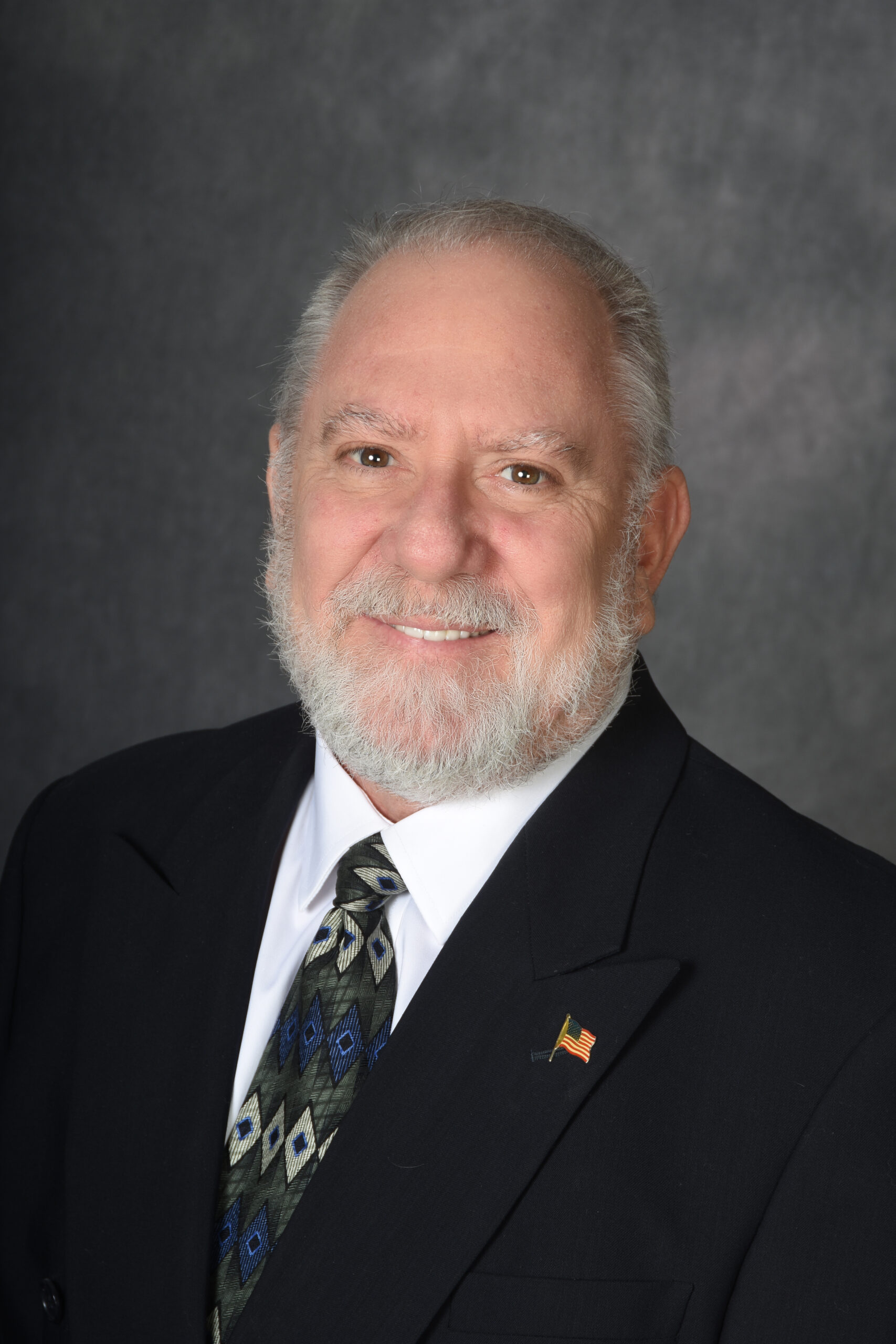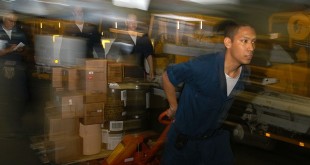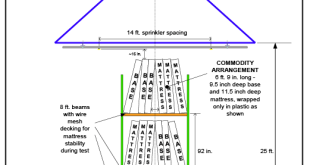For a very long time, I owned a 1983 Jeep CJ7 Renegade, which is now in the possession of my daughter and son-in-law, who enjoy weekends in the desert. I bought that vehicle in early 1990 from a Marine who was deploying, and it’s since been driven by multiple friends, visitors, and my adult children over the years and, with a few exceptions, has been relatively bulletproof in terms of cost to maintain. I actually sold it to a friend who took it to Washington state for his cabin and, after about five years, asked if we wanted it back—which is how my daughter ended up with it. About now, some readers should be asking, “What does this have to do with fire sprinklers?” For those of you still reading, I’m getting there. (By the way, both my daughter and son-in-law work for an AFSA member fire sprinkler company, as do two of my other adult children, so it should be noted that I have contributed directly to industry recruitment efforts.)
If memory serves, I paid that Marine what he asked for, $2,500. It had about 80,000 miles on it at the time, but it wasn’t in bad shape and was an original AMC Jeep (so the dealership wouldn’t work on it any longer since they were now a part of the Chrysler Group). Now, in 2023, this vehicle has at least 150,000 miles on it and is not even listed in the Blue Book, so it’s hard to place a sales value on it should one want to sell it. But how does anyone define value?
The reality is that the value of anything, tangible or perceived, is really what someone is willing to pay for it. In fact, I believe people, especially businesspeople, are willing to spend money on things that will add value. Case in point, when we go to the grocery store, most people will pass up the savings of store brands in favor of known brands at a higher price because of perceived value or quality. Let’s get back to that 40-year-old Jeep CJ7 for just a moment. Would you believe that a search of the Autotrader.com has a number of similar vehicles (same year) for sale between $5,000 and $40,000? Remember, the Kelly Blue Book site doesn’t even list a suggested price for a 1983 Jeep (or any other 1983 vehicle). So, where is the value? Why would anyone pay $40K for something that originally sold new, off the showroom floor for a fraction of that? Well, some things stand the test of time, and there is a very specific interest group of people who enjoy the off-road experience—a targeted audience.
Again, what does this have to do with the fire sprinkler industry? We are no different than the off-road community in terms of being a very specialized group of people, a targeted audience of people who are willing to part with our hard-earned cash for things that add value. We invest in tools and vehicles with no hesitation, and we almost never purchase the cheapest product, but rather spend the extra money on those products proven to be of better quality and last longer. These tools make us money in the long run, so we’re willing to invest in quality products. That said, what is the most important tool we need? Clearly, that answer is people. We can buy tools, trucks, and materials all day, but we’re all constrained by the number of people we can hire and train to do the work, do it right, and limit our liabilities and exposures.
Your membership in the American Fire Sprinkler Association (AFSA) is one of those decisions that clearly represents an investment in quality and added value. I think we can all agree that developing people is the double-edged sword of our businesses. Sometimes we invest in people who let us down in some way, but that can never stop us from investing in people who we need to develop and grow our businesses and our industry. AFSA’s training programs are unparalleled in delivering quality and value-added services to our members. Beginning and Intermediate Design Schools, ITM Technician Training, and our apprenticeship program and the new Virtual Classroom (with plans to simulcast in Spanish in the future) are just the tip of the iceberg in terms of our value-added propositions. Your access to AFSA’s Engineering & Technical Services Department may be the easiest service we point to as member value, especially from those members who tell us that a single engagement has more than paid for their annual dues.
Like that branded product on your grocery store shelf, AFSA provides that higher-quality product where the added value is worth the price! Get the most value for your membership dollar by taking advantage of AFSA’s training programs, supporting services, and active participation at the local chapter level. We are stronger together! We can help grow your people and increase their value with programs that are practical, applicable, and current. As we prepare to occupy our new offices and training lab here in Dallas, we look forward to delivering “knock-your-socks-off” level services that add value and make your membership worth the spend.

ABOUT THE AUTHOR: Bob Caputo, president of the American Fire Sprinkler Association (AFSA), is chair of the NFPA 24 and NFPA 291 technical committees and a member of multiple NFPA technical committees, including NFPA 13 and NFPA 25. Caputo is a contributor of the NFPA 13 and NFPA 25 Handbooks, and the NFPA Inspection Manual. A senior member of NFPA and AFSA faculties, Caputo has written and presented seminars worldwide on fire protection and life safety systems and is a regular speaker at AFSA and NFPA conventions. Caputo is an instructor at the National Fire Academy and an advisory board member at Oklahoma State University School of Fire Protection Engineering & Safety. Caputo’s industry distinctions include “Fire Prevention Officer of the Year” from San Diego County in 1994, “Man of the Year” from Fire Protection Contractor magazine in 1997, and the Henry S. Parmelee award from AFSA in 2017. Caputo attended the University of Albuquerque, New Mexico, and is a U.S. Navy veteran and former volunteer firefighter.

 Sprinkler Age A Publication of the American Fire Sprinkler Association
Sprinkler Age A Publication of the American Fire Sprinkler Association



